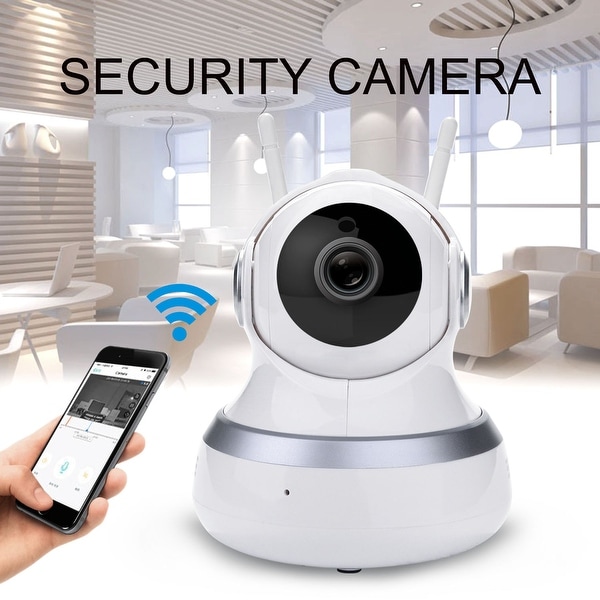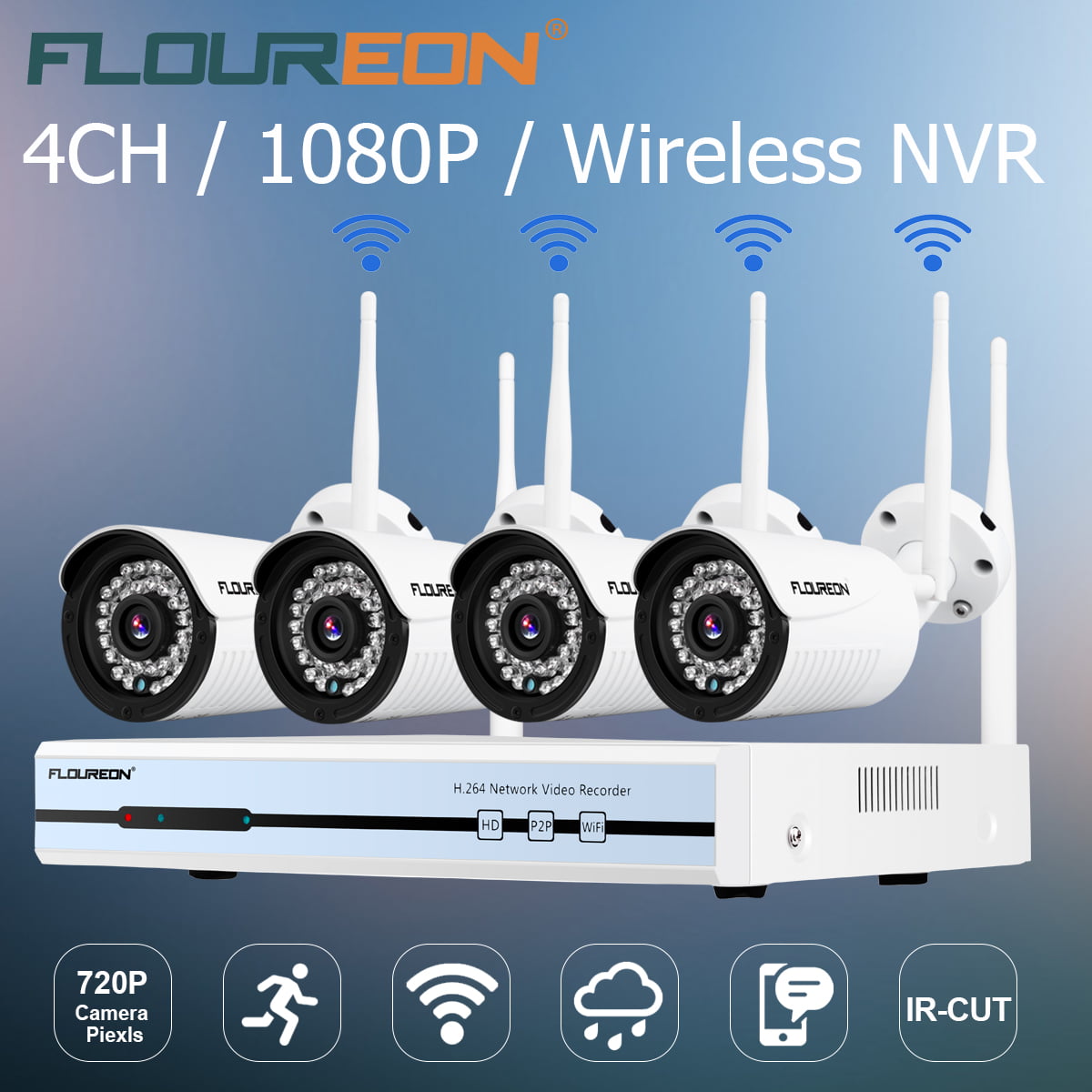

By default, Linux won't use this directory unless we instruct it to. Inside the /opt/vc directory is another directory, lib, that contains a bunch of shared libraries. Instead of attempting to build these into the Docker container itself, it's much easier to mount these in from the host file system. Raspbian has all of these dependencies pre-installed in the /opt/vc folder. The Raspberry Pi Camera tools like PiCamera and raspistill require several dependencies in order to work.
#Docker ip camera dvr how to#
The device can be passed into the container using Docker's -device flag: -device /dev/vchiq How to Mount the Raspberry Pi Camera Dependencies into a Docker Container
#Docker ip camera dvr free#
Feel free to read up on Linux permissions to learn more about how that works.Īll Docker containers will now have access to the camera device. Changing the last number from a "0" to a "6" grants read/write access to all users.

The rule we added looks very similar to the built-in rule, with two exceptions: We're using "99" because we want the built-in rules to execute before our custom rule. This is because udev rules are executed in alphabetical order, and using a number prefix allows us to control that order. It's common practice to prefix udev rule files with a number. In order to grant all users access to the Raspberry Pi Camera, create the file /etc/udev/rules.d/les with the following content: SUBSYSTEM="vchiq",MODE="0666"

These rules can't be changed, however udev does allow us to add additional rules in /etc/udev/rules.d. In Raspbian, and most other Debian-base Linux distributions, the built-in udev rules are located in /lib/udev/rules.d. Since the "pi" user is a member of the "video" group, it also has access to the camera. The "root" user will always have access to any Linux device, but the rules shown above are also granting read and write access (0660) to any user in the "video" group. Raspbian comes with a udev rule for the camera, which can be viewed at /lib/udev/rules.d/les. Among many other tasks, udev has a set of rules that apply permissions whenever a device is attached. Linux uses a system called udev for device management. Let's first start by understanding why the camera is only accessible by the "pi" and "root" users. Since Docker containers have their own set of users, any attempt to use the camera will be met with an "Access Denied" error. With a base installation of Raspbian, the camera device is only accessible by the "pi" user and the "root" user. When it's attached, it's mounted at /dev/vchiq. The Raspberry Pi Camera is treated like any other Linux device. Image Source: Raspberry Pi How to Let Non-Root Users Access the Raspberry Pi Camera This tutorial provides step-by-step instructions for accessing the Raspberry Pi Camera from inside a Docker container. However, gaining access to the camera in Docker can be a difficult process. The Raspberry Pi Camera offers a compelling and easy-to-access source of image data when performing early development and proving IoT concepts. No other devices in the network are using 192.168.10.174, and it is only assigned for this device.Docker is an increasingly important component used to distribute software, especially for complex use cases in Edge Computing and IoT. This happens all the time, and most of the time, the IP changes between 174 and 175. So, here I am.Ĭan someone please help me get a grip on this problem? I am completely invested in the Omada, but if my cameras are not working, then it would be of no use! Attaching a screenshot for example.
#Docker ip camera dvr mods#
One of the mods even asked me to create my own thread. Why does the system do that? I have seen a lot of complaints in the forum with no clear answers. It does not matter what I do, the system assigns a random IP on every new lease and on every restart. The setup is managed by Omada SDN on Docker.Įverything works fine, except, SDN does not respect static IP conditions for Cameras, and DVR. The Camera, I am using (only one IP camera as of now), is a Tapo C200.Īs of now, I am on version 4.4.6 of the Omada Controller, and my router (TL-R605 v1.0) version is 1.1.1 I run an Omada system, including a TL-R605 as my router, 1 x EAP265HD, 1 x EAP245, and 2 x EAP115 as access points.


 0 kommentar(er)
0 kommentar(er)
